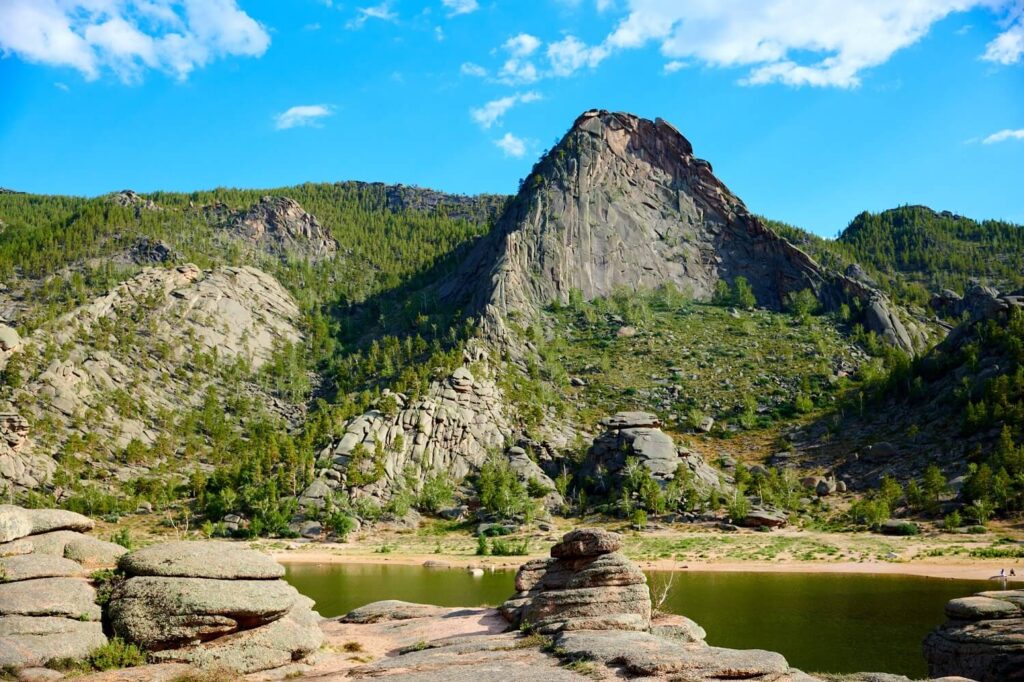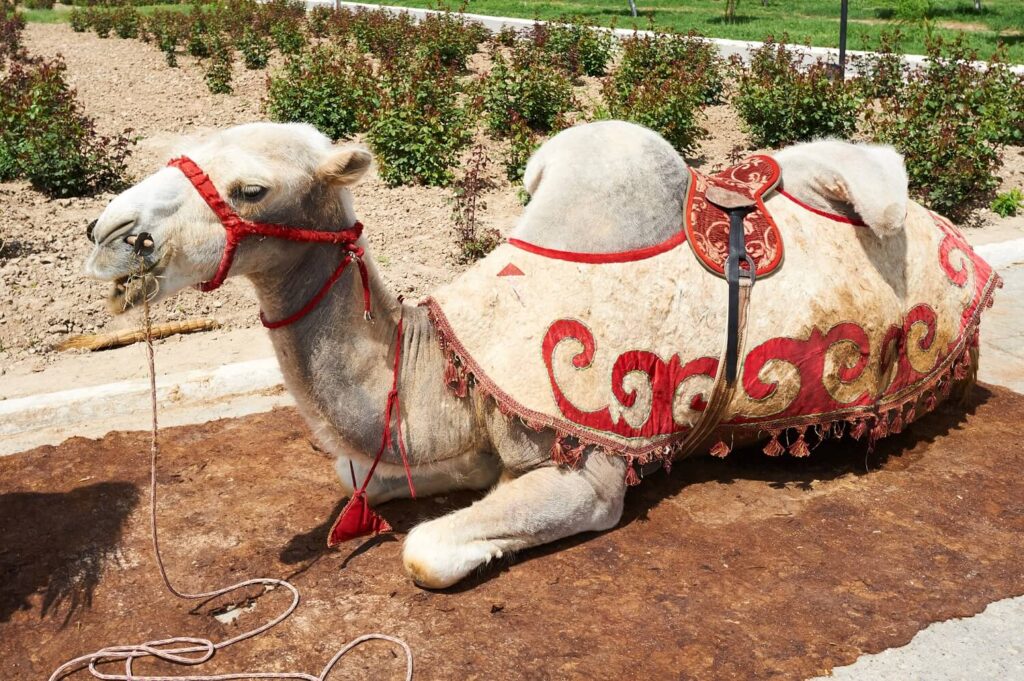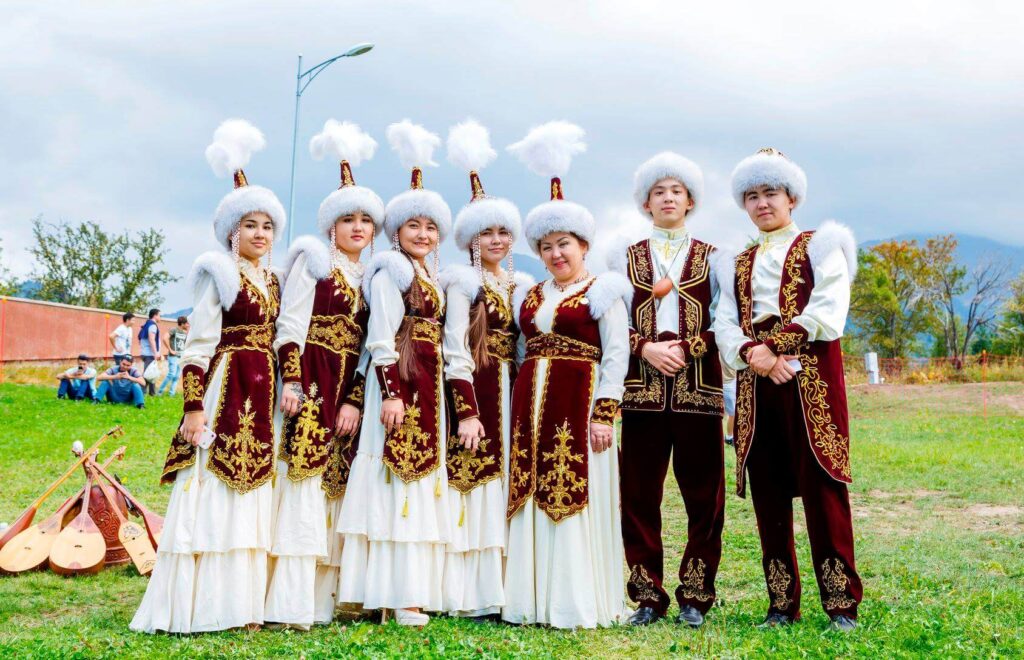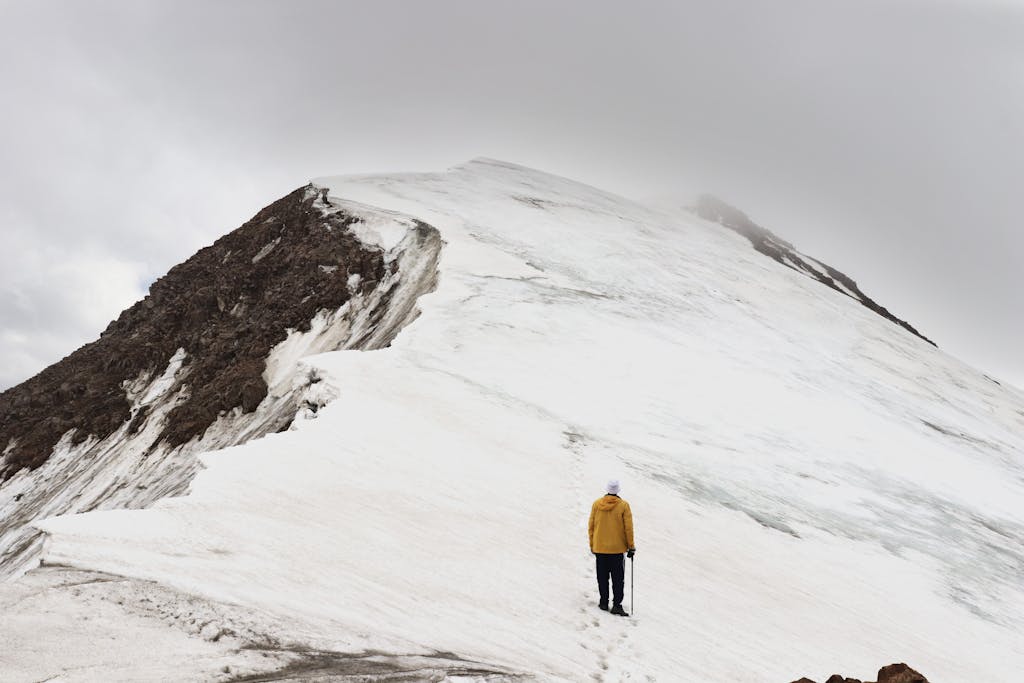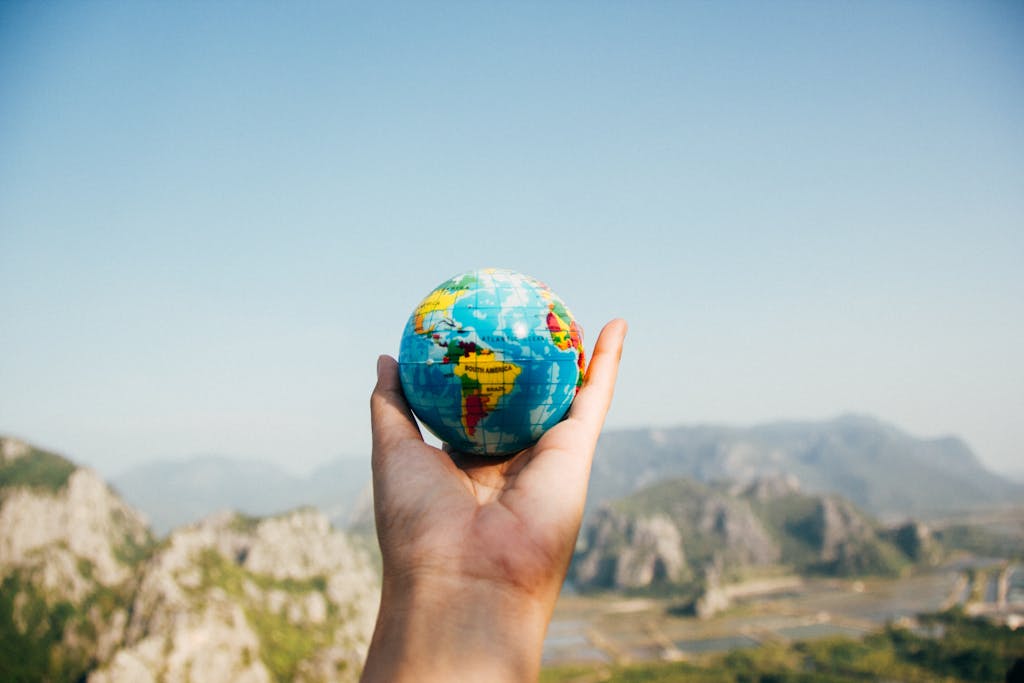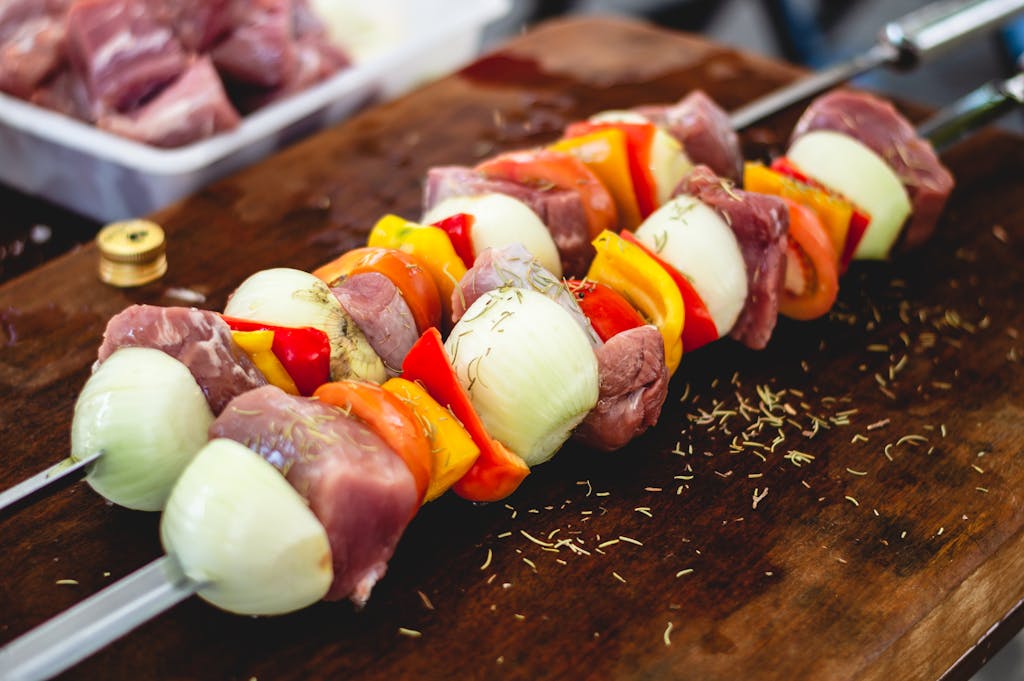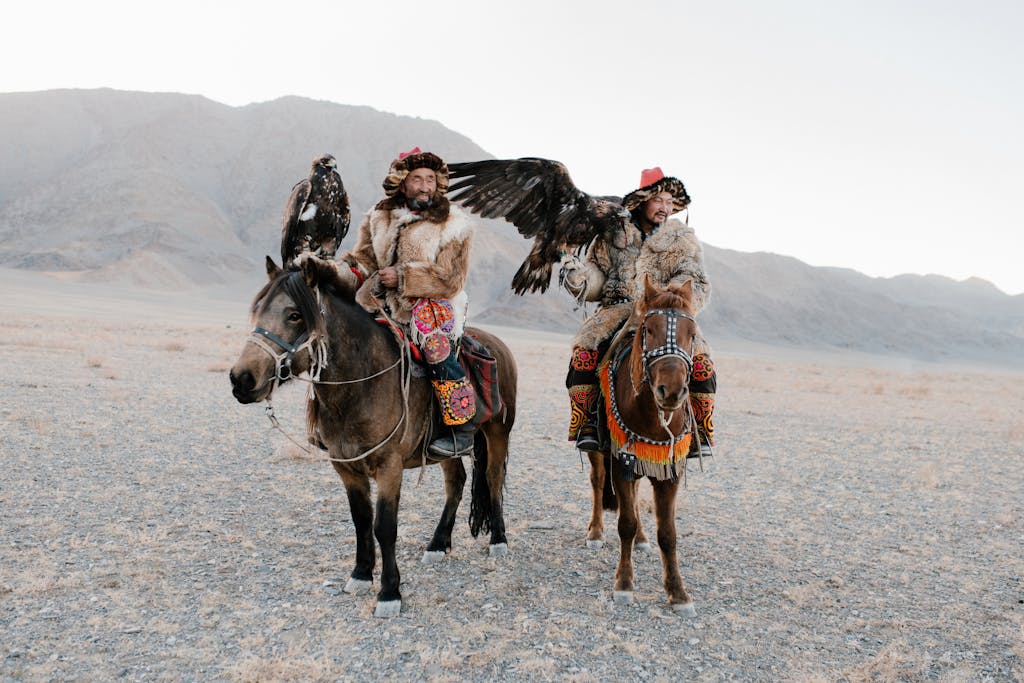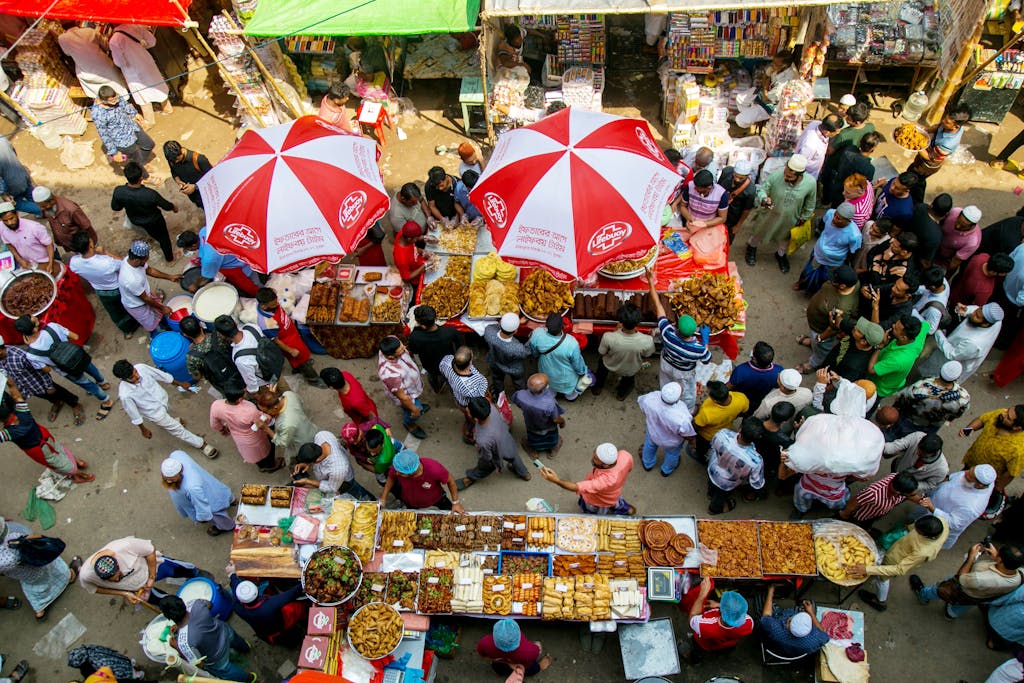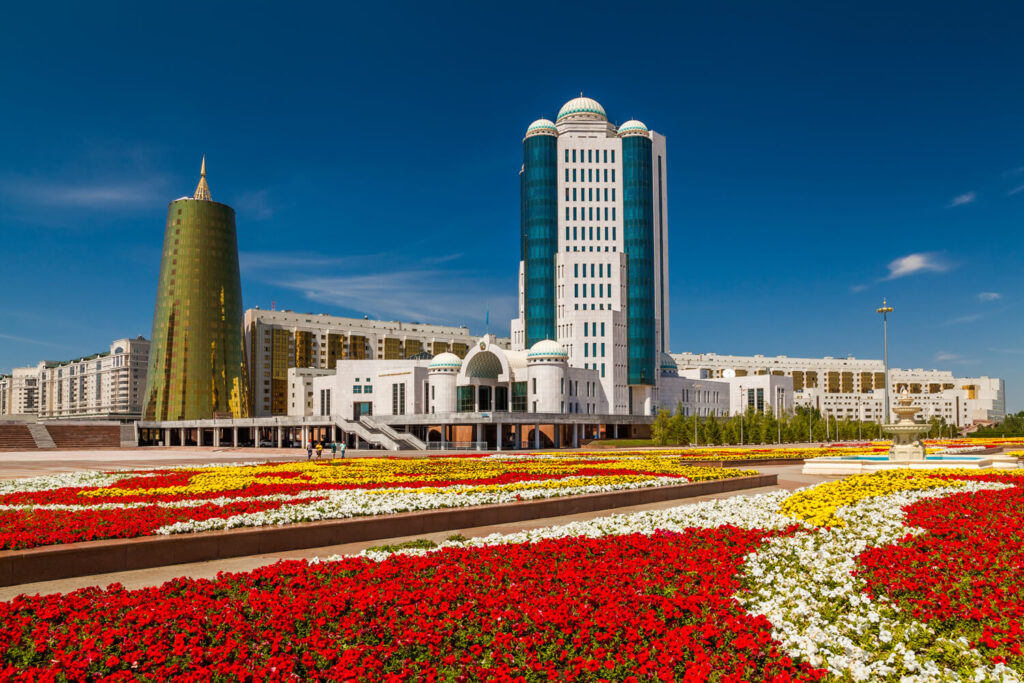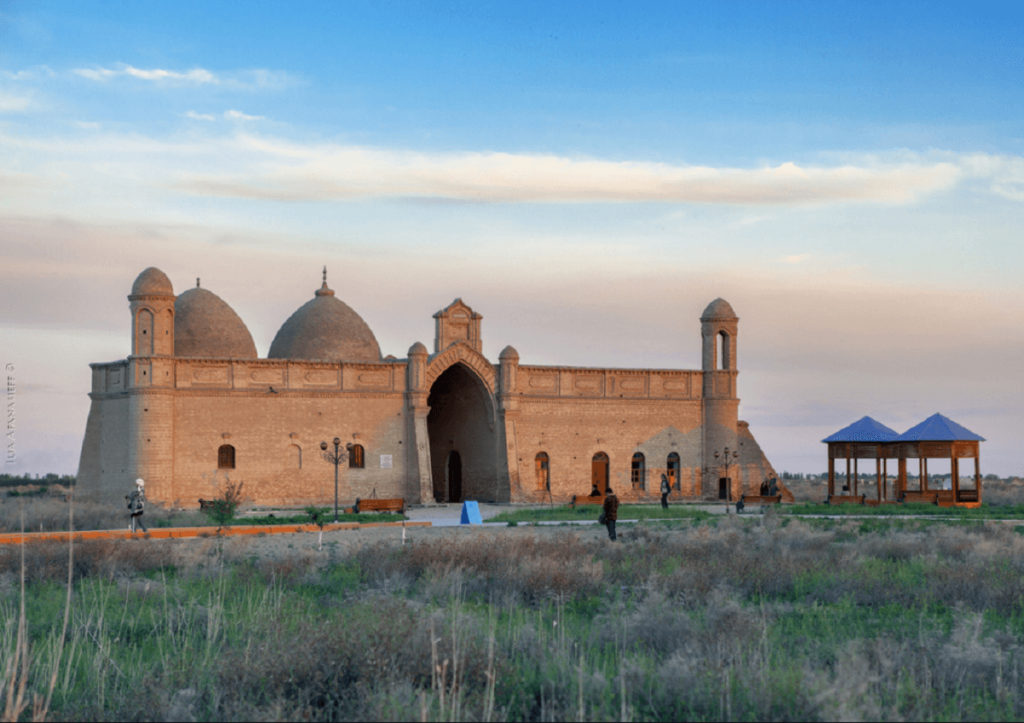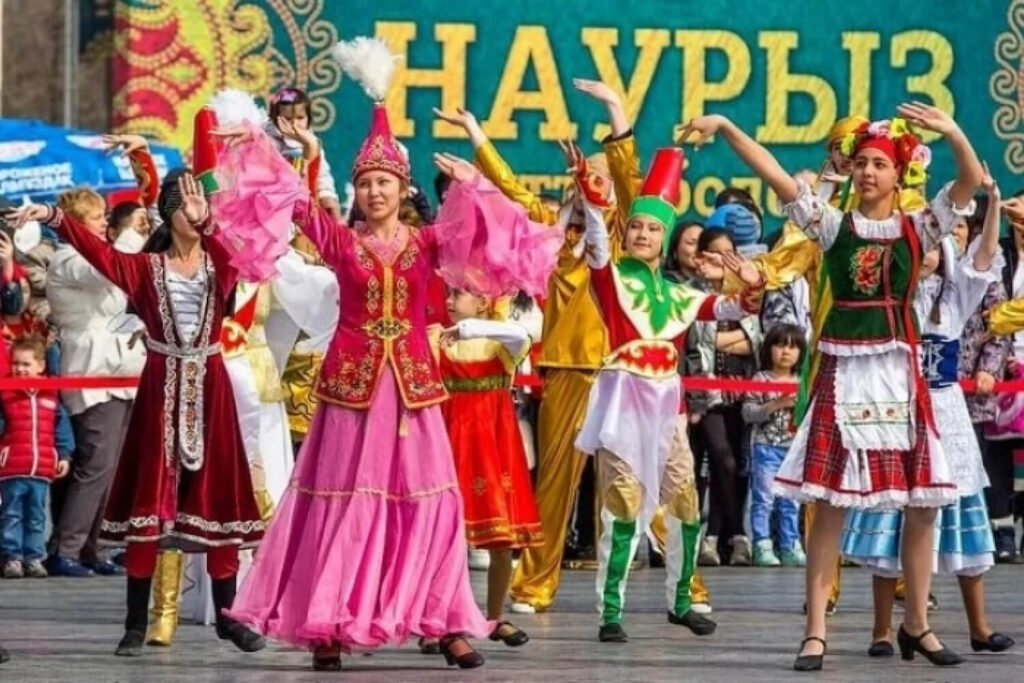Kazakhstan is home to 19 million people, the majority of whom are ethnic Kazakhs, who make up around 70 per cent of the total population. In addition to the Kazakhs, the country is home to more than 130 ethnic groups, the most numerous of which are Russians, Uzbeks, Ukrainians, Uighurs, Tatars, Germans and others.
Discover Kazakhstan
The Historical Evolution of Kazakhstan
Throughout history, the territory of present-day Kazakhstan has been home to many nomadic societies, including the Huns, the West Turkic Kaganate, the Kipchak Kaganate, the Mongol Empire, the Golden Horde and the Kazakh Khanate, established in 1456 and 1465 after the collapse of the Golden Horde. Several tribes under the rule of Sultans Janibek and Kerey created the powerful Kazakh Khanate.
The Kazakh nation, which has gone through many difficult periods over the years, is now becoming a huge country in the heart of Eurasia. And the proudest thing is that the many generations have survived the wars to gain this independence.

Kazakhstan’s Cultural Heritage: A Blend of Tradition and Modernity
Kazakhstan has a rich cultural heritage, combining elements of Central Asian, Russian and other influences. The traditional nomadic lifestyle of the Kazakhs has strongly influenced their culture, including cuisine, music and customs. Horse riding, falconry and traditional games such as kokpar (a form of polo) are an integral part of Kazakh culture.

In addition to their traditional culture, the people of Kazakhstan embrace modern influences, especially in urban areas. The country’s capital, Astana, and its largest city, Almaty, are centres of cultural exchange where traditional and modern elements coexist.
In general, Kazakhs are known for their hospitality, strong sense of community and pride in their cultural heritage. Kazakhstan’s young generation is open-minded and well educated. If you need help on the street, you can easily ask for it.
The majority of Kazakhs practice Sunni Islam. Islam was first introduced to the ancestors of modern Kazakhs in the 8th century, when Arab missionaries arrived in Central Asia. Islam first took root in the southern parts of Turkestan and then gradually spread northwards.

During the Soviet era, Muslim institutions survived only in those regions where Kazakhs significantly outnumbered non-Muslims, such as ethnic Russians. In an attempt to subordinate Kazakhs to communist ideology, gender relations and other aspects of Kazakh culture were key targets of social change.
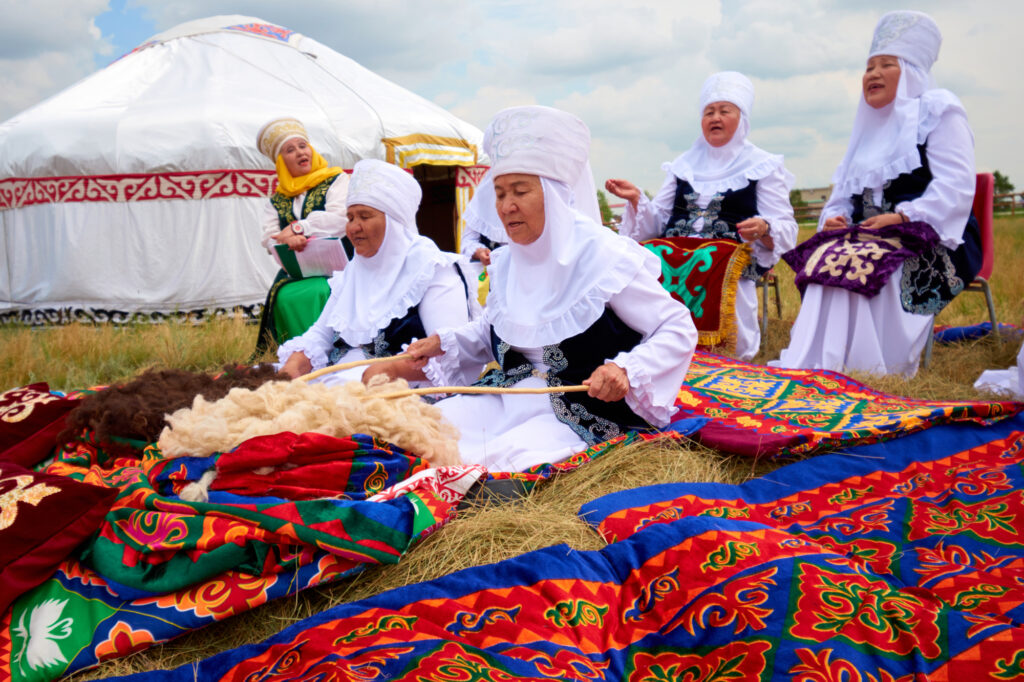
Kazakhstan people facts
Millions of Kazakhs now live outside Kazakhstan. Most live in Uzbekistan, Eastern Europe, Russia, China and western Mongolia.
The Kazakhs have traditionally been nomadic herders in Central Asia for thousands of years. During the Soviet Union they settled down to farming. Today they are one of the world’s leading wheat exporters.
The Kazakhs have three major hordes, the Great, Middle and Little Hordes. They live in the west, south and east of Kazakhstan. All the hordes have their small group inside and it is about to remember your history and who to realitive with you.
It is not allowed for couples to marry if they belong to the same group, which could hurt the new born generation. It is a traditional way to keep a blood pure.
Kazakhs are associated with two things. The first is the horse. Kazakhs believe that they have a horse character. They beleive that horse is characterised by a brave nature.
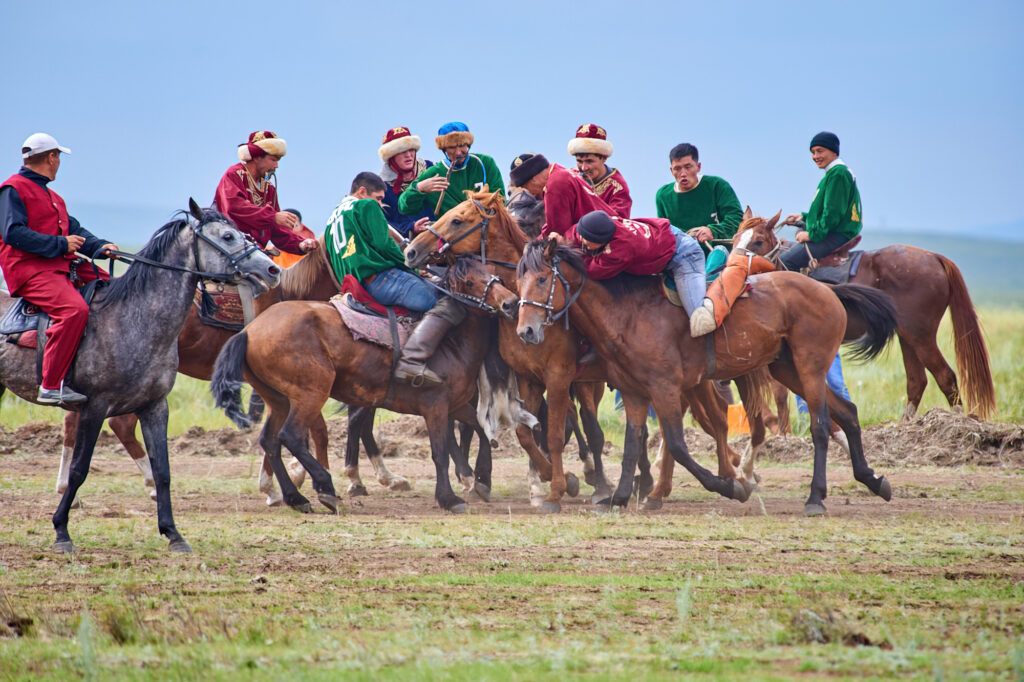
The second is the traditional musical instrument, the dombra. These two stringed instruments are used by the Kazakhs to play a lot of music and songs that convey the sounds of nature.
There are many ancient traditions that have deep meanings and this is what you can experience when you visit this amazing country. The Kazakhs are famous for their hospitality and you will always be happy to visit their families. You will always be a special guest and they will treat you with great respect, as is customary among nomads.

